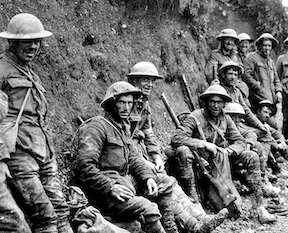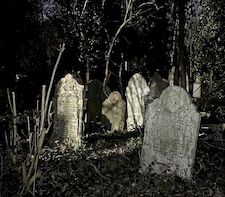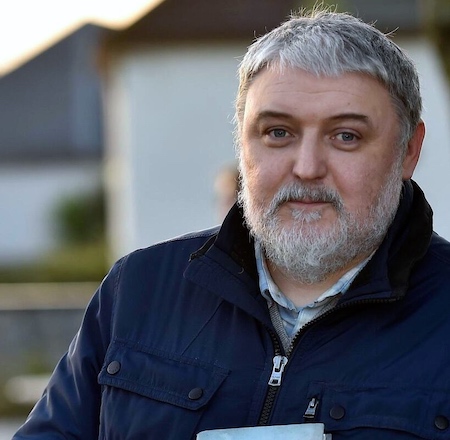“He didn’t see her at first, as he walked out of his house, toward the pool. Tall and slender, his naked flesh so pale it was as if he’d made it through the entire summer without letting even the smallest bit of sunlight touch him. Nothing touched him. Wasn’t that what made Jay Gatsby so great? He stepped toward the pool, that arrogant walk, that look on his face, That knowing. He had it all…And then in an instant, the world exploded, the gun smoked. Her fingers shook and burned.” – Opening page.
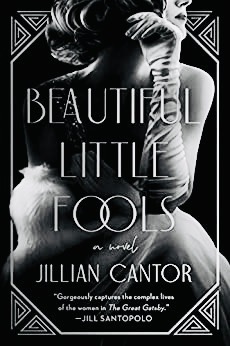 In the first two pages of Jillian Cantor’s retelling of The Great Gatsby by F. Scott Fitzgerald, Jay Gatsby is the victim of a frustrated woman who does not “have it all,” someone whose “heat and anger [at him] has been simmering for so long, [that] now it is boiling over….[With one shot], his greatness flickered. He fell unevenly into the pool, water cascading into the sky like a choreographed dance of swans. Beautiful, unexpected.” The attacker turns away from the pool and runs. Author Cantor leaves most of the detail surrounding this shooting in limbo for the reader to discover as the action leading to the shooting begins in 1917, develops over the course of five years, and leads to this climax in August, 1922. Two pages later, the scene shifts from West Egg, New York, on Long Island, scene of Gatsby’s shooting, back to Louisville, Kentucky in 1917, as Daisy Fay, a young woman living with her family, is helping her sister, slightly crippled from polio, take home-grown food to the poor at the almshouse. It is a hot day, and the two girls are offered a ride by a soldier from nearby Camp Taylor. Unsurprisingly, he is Jay Gatsby, and as the reader quickly discovers, he is on the prowl for attractive women, or in the case of Daisy and her friends, girls still in their teens.
In the first two pages of Jillian Cantor’s retelling of The Great Gatsby by F. Scott Fitzgerald, Jay Gatsby is the victim of a frustrated woman who does not “have it all,” someone whose “heat and anger [at him] has been simmering for so long, [that] now it is boiling over….[With one shot], his greatness flickered. He fell unevenly into the pool, water cascading into the sky like a choreographed dance of swans. Beautiful, unexpected.” The attacker turns away from the pool and runs. Author Cantor leaves most of the detail surrounding this shooting in limbo for the reader to discover as the action leading to the shooting begins in 1917, develops over the course of five years, and leads to this climax in August, 1922. Two pages later, the scene shifts from West Egg, New York, on Long Island, scene of Gatsby’s shooting, back to Louisville, Kentucky in 1917, as Daisy Fay, a young woman living with her family, is helping her sister, slightly crippled from polio, take home-grown food to the poor at the almshouse. It is a hot day, and the two girls are offered a ride by a soldier from nearby Camp Taylor. Unsurprisingly, he is Jay Gatsby, and as the reader quickly discovers, he is on the prowl for attractive women, or in the case of Daisy and her friends, girls still in their teens.
Much of this novel follows the narrative pattern of Fitzgerald’s The Great Gatsby, but the focus is markedly different. Here author Cantor focuses primarily on three young women, all of whom appear in the Gatsby book in which they are victims, but who are presented here as more independent and more in control of their own destinies. While Beautiful Little Fools is certainly not a feminist tract, it does illustrate how different the outcomes might have been in Gatsby if the position of women, their own expectations, the expectations of them by others, and the culture in which they lived had been significantly different. Three Gatsby women, all originally from Louisville, Kentucky, are the main focus here: Daisy, who becomes the wife of the almost impossibly wealthy Tom Buchanan; Jordan Baker, Daisy’s close friend, a golfer who is on the tour though accused in a major scandal; and Catherine McCoy, a lesser developed character who attends women’s suffrage meetings and who is the sister of Myrtle Wilson, a married woman who is profiting from her role as the secret lover of Tom Buchanan. Their stories rotate throughout, often overlap, and provide the structure of the novel. At the same time, a new character, Detective Frank Charles from New York, appears at key points in 1922, after the death of Jay Gatsby, as he investigates that death, the characters associated with Gatsby, and the clues that have developed, including the discovery of a diamond hair pin at the murder scene.
Cantor takes great pains to place her characters in realistic, if sometimes romanticized scenes, in order to give them lives as women, which is not characteristic of the Gatsby book. Here the deaths of Daisy’s sister Rose and their father in a train accident have made Daisy more vulnerable and she sees marriage to an extremely wealthy man as a way to keep herself and her family safe. Tom Buchanan, her eventual husband, has more money than he knows what to do with, and Daisy sees that as a way to ensure a better life for herself and her family. She enjoys the fact that he “collects ponies” for racing, and she loves moving from elaborate house to elaborate house in Europe and around the country, eventually settling on Long Island.
Jordan Baker, on the women’s golf tour, is sexually uncertain, and falls victim to blackmail until she sorts her life out. Catherine, sister of Myrtle, who is Tom Buchanan’s lover, is concerned with signs that Myrtle is the victim of physical abuse, and shares her dream, “Do you know what I really want? I want the Nineteenth Amendment to pass the Senate. I want us to have a voice, a real voice in this country. Imagine not needing any man. Imagine if being a woman were enough.” She sees her strength as a way to protect her sister. She can not imagine the look on Myrtle’s face if she ever learns the enjoyable things she has done with men. “Why did sex have to mean anything more for a woman than it did for a man?” As the false lives adopted by some of the women begin to crumble, they start to take responsibility for their mistaken assumptions. They also begin to make deals with each other and the men they know in order to get what they want.
As the novel becomes increasingly complicated, challenging the reader to keep track of who is sleeping with whom, who is threatening whom, and who is planning to end a big love relationship in her life, the women’s shallow expectations begin to become tiresome and the lessons they are learning become more selfish than universal. Violence, which has always been close to the surface for all of them, begins to emerge, especially under the influence of alcohol, and not one, but several murders occur. Detective Frank Charles, for whom the reader develops great empathy, is still anxious to find out the sources of the separate violent acts, but he believes that whatever he discovers, he will not be able to prove. Hired as a private investigator, after the police cannot find enough evidence to try and convict the several people who might have committed murders, Frank finally acknowledges that “I tend to think justice finds a way of working itself out. We all get what’s coming to us.” Ultimately, time works its will. As the author points out through Det. Frank Charles, for the many crimes one must ignore, acts of goodness may be able to compensate.
Photos: The author’s photo appears on https://www.penguinrandomhouse.com
The Churchill Downs photo may be found on https://saratogaliving.com
The women’s golf photo from 1921 shows the typical dress of the times: https://www.golfmonthly.com
The Kings Point house used as the residence of Gatsby in the film of The Great Gatsby is featured here: https://www.fancypantshomes.com




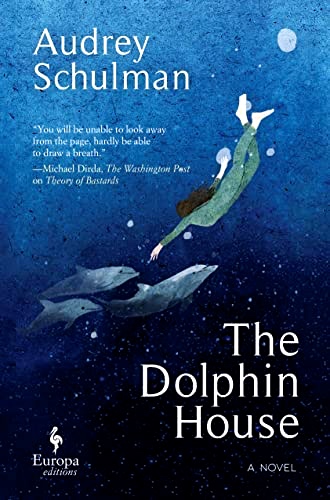 In her latest study of an animal species, Audrey Schulman focuses on dolphins, their intelligence, their verbalization, their relationships with humans and each other, and the possibility that they may be able to initiate communication with humans if they and the humans can evolve a common language. Using as a model a scientific experiment conducted by marine scientist John C. Lilly from June to August, 1965, at a St. Thomas research center, the author recreates, and fictionalizes, this experiment in which a scientist lives with a dolphin in a special house for several months. The fictional scientist here, a woman, works directly on a series of experiments to see if the dolphin can be taught human speech, while the male scientists involved in the project are more concerned with recording data and statistics about dolphin/human interaction. Though this project was controversial when it was concluded in the 1960s, real research into the subject of dolphin communication and speech does continue into the present under the direction of Dr. Denise Herzing, whose foundation, The Wild Dolphin Project, funds the ongoing research.
In her latest study of an animal species, Audrey Schulman focuses on dolphins, their intelligence, their verbalization, their relationships with humans and each other, and the possibility that they may be able to initiate communication with humans if they and the humans can evolve a common language. Using as a model a scientific experiment conducted by marine scientist John C. Lilly from June to August, 1965, at a St. Thomas research center, the author recreates, and fictionalizes, this experiment in which a scientist lives with a dolphin in a special house for several months. The fictional scientist here, a woman, works directly on a series of experiments to see if the dolphin can be taught human speech, while the male scientists involved in the project are more concerned with recording data and statistics about dolphin/human interaction. Though this project was controversial when it was concluded in the 1960s, real research into the subject of dolphin communication and speech does continue into the present under the direction of Dr. Denise Herzing, whose foundation, The Wild Dolphin Project, funds the ongoing research.
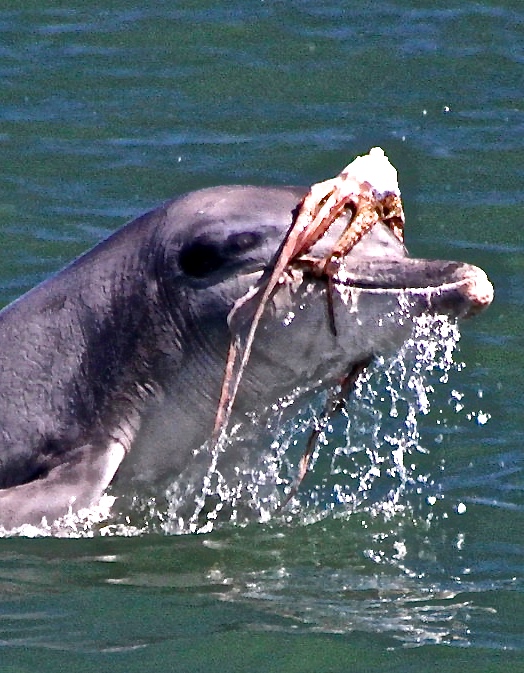

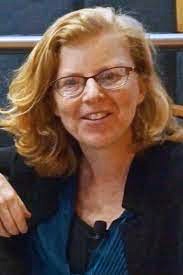

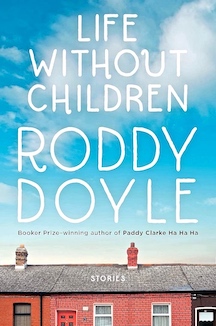 In ten short stories, Irish author Roddy Doyle sums up the new, difficult lives of several men dealing alone with various issues, including the difficulty of dealing with health-required lockdowns in the wake of Covid 19. In Ireland, these lockdowns seem to have been accepted as a matter of course, something affecting everyone and obeyed by everyone, though creating a strong sense of melancholy and loss to everyday life. Roddy Doyle’s book title, “Life Without Children,” also reflects the emptiness many of his characters feel with their children now grown up and missing from their parents’ everyday lives, to the point where at least one character, in the short story “Life Without Children,” wonders if it is even possible to change his now-dull life for the better. Vaguely suicidal thoughts impinge on this character’s everyday thoughts, and when he makes the dramatic decision to discard his cell phone in a rubbish bin, he “makes himself walk away. It’s the hardest thing he’s ever done. But he’s done it. He’s done the mad thing.” He feels better.
In ten short stories, Irish author Roddy Doyle sums up the new, difficult lives of several men dealing alone with various issues, including the difficulty of dealing with health-required lockdowns in the wake of Covid 19. In Ireland, these lockdowns seem to have been accepted as a matter of course, something affecting everyone and obeyed by everyone, though creating a strong sense of melancholy and loss to everyday life. Roddy Doyle’s book title, “Life Without Children,” also reflects the emptiness many of his characters feel with their children now grown up and missing from their parents’ everyday lives, to the point where at least one character, in the short story “Life Without Children,” wonders if it is even possible to change his now-dull life for the better. Vaguely suicidal thoughts impinge on this character’s everyday thoughts, and when he makes the dramatic decision to discard his cell phone in a rubbish bin, he “makes himself walk away. It’s the hardest thing he’s ever done. But he’s done it. He’s done the mad thing.” He feels better.

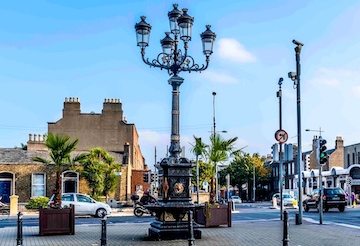

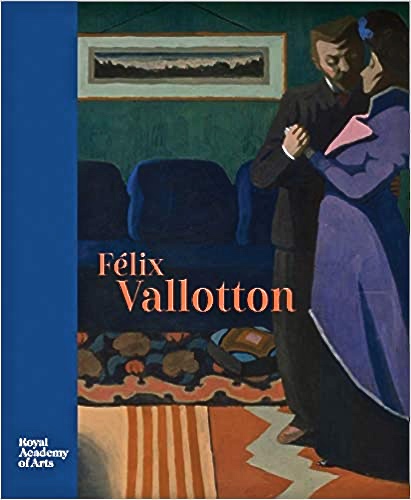 Prepared as a permanent memento of two grand shows of the work of “Felix Vallotton: Painter of Disquiet,” this book showcases the cumulative artwork by the artist displayed for six months in two different sites, the Royal Academy of Arts, London, from June 30 – September 29, 2019, and the Metropolitan Museum of Art, New York, from October 29 – January 26, 2020.
Prepared as a permanent memento of two grand shows of the work of “Felix Vallotton: Painter of Disquiet,” this book showcases the cumulative artwork by the artist displayed for six months in two different sites, the Royal Academy of Arts, London, from June 30 – September 29, 2019, and the Metropolitan Museum of Art, New York, from October 29 – January 26, 2020.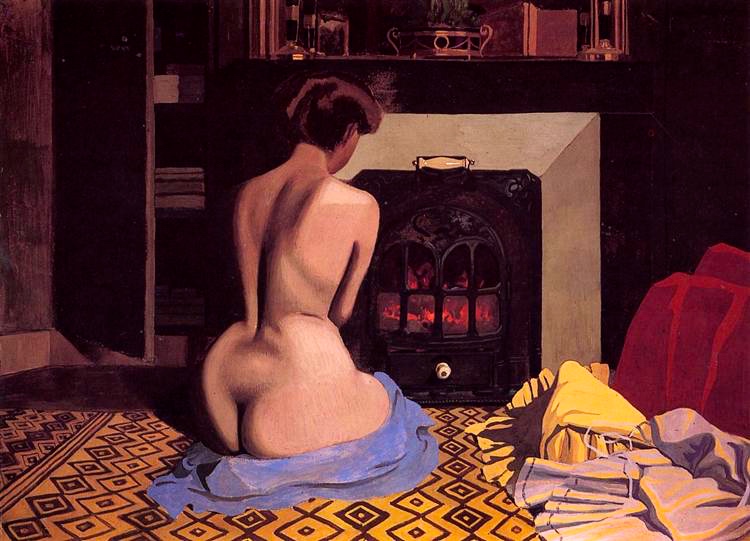


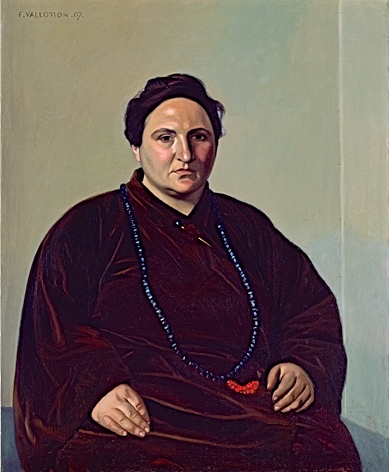
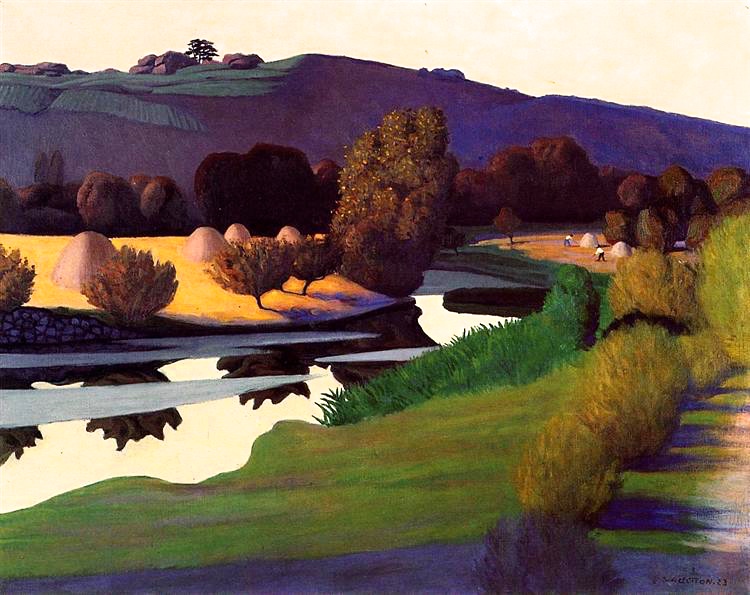
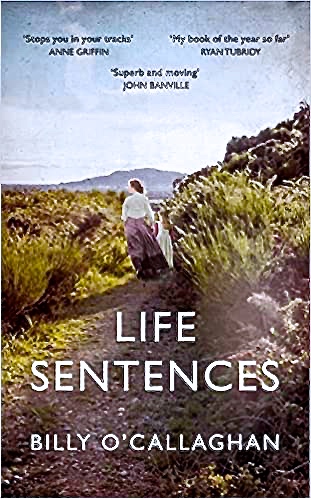 Setting his third novel in the south of Ireland in the years between 1920 and 1982, author Billy O’Callaghan writes a semi-autobiographical account of an extended Irish family always struggling to stay alive, meet their responsibilities, and love their children.
Setting his third novel in the south of Ireland in the years between 1920 and 1982, author Billy O’Callaghan writes a semi-autobiographical account of an extended Irish family always struggling to stay alive, meet their responsibilities, and love their children.